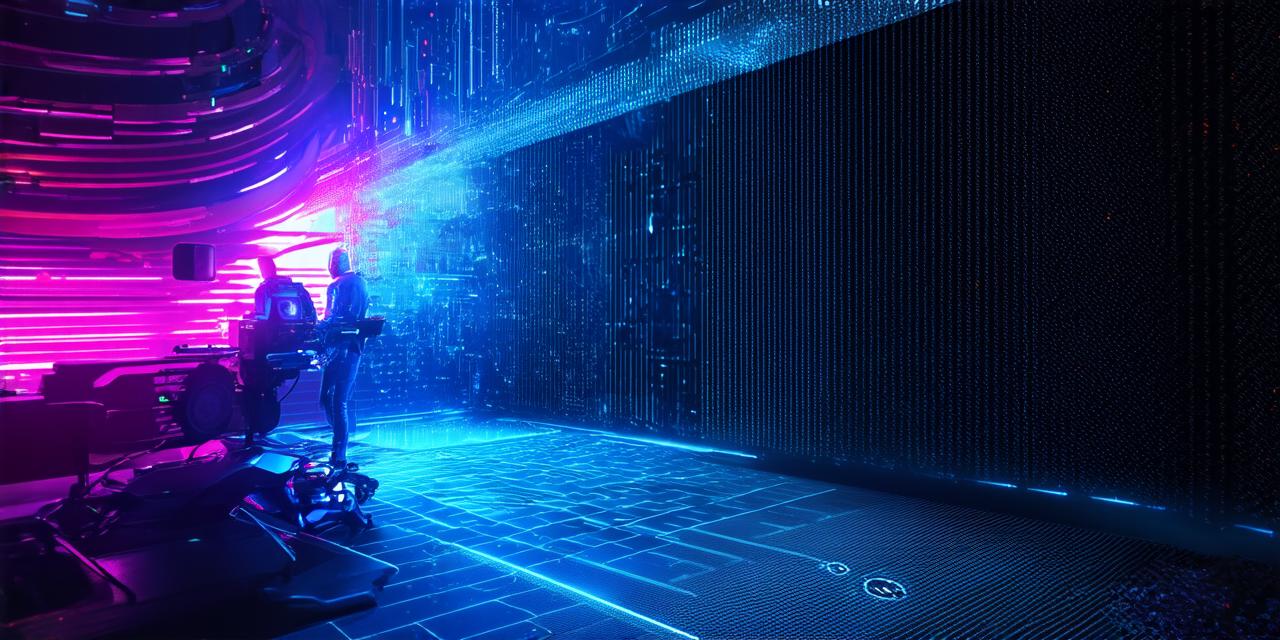1. Know Your Audience
The first step in creating a successful VR application is to know your audience. You need to understand who your target users are, what they are looking for, and what type of experiences they want. This will help you design an application that meets their needs and provides them with the best possible user experience.
2. Focus on Usability
Once you know your audience, the next step is to focus on usability. VR applications should be easy to use and navigate, with clear instructions and intuitive controls. You also need to make sure that the application is comfortable to wear and use for extended periods of time.
3. Optimize for Performance
VR applications require high performance to provide a smooth and immersive experience. You need to optimize your application for performance by minimizing load times, reducing motion sickness, and improving graphics quality.
4. Use Sound Effects and Music
Sound effects and music play a crucial role in creating an immersive VR experience. They can help set the mood, enhance the realism, and provide feedback to the user.
5. Create Interactive Environments
Interactive environments are key to providing a truly immersive VR experience. Users should be able to interact with the environment and the objects within it, and this can be achieved through techniques such as hand tracking, gesture recognition, and voice commands.
6. Test and Iterate
Finally, testing and iteration are essential for creating a successful VR application. You need to test your application with real users and gather feedback to identify areas for improvement. You can then use this feedback to iterate on your design and create an even better user experience.
Case Study: Oculus Quest 2
The Oculus Quest 2 is a highly successful VR headset that provides an immersive and interactive experience for users. In this case study, we will explore how the developers of the Oculus Quest 2 applied these top tips to enhance user experience.
Know Your Audience: The Oculus Quest 2 targets a wide range of users, from gamers to professionals. To meet the needs of its diverse audience, the Oculus Quest 2 offers a variety of experiences, including games, educational applications, and social experiences.
Focus on Usability: The Oculus Quest 2 is designed to be user-friendly and intuitive. It has a simple setup process, clear instructions, and responsive controls that make it easy for users to navigate through the different experiences.
Optimize for Performance: The Oculus Quest 2 offers high performance by minimizing load times, reducing motion sickness, and improving graphics quality. It uses techniques such as texture compression, LOD optimization, and frame-rate capping to ensure a smooth and immersive experience.
Use Sound Effects and Music: The Oculus Quest 2 includes built-in speakers that provide high-quality audio for users. Developers can use sound effects and music to enhance the user experience and create a sense of immersion in different environments.
Create Interactive Environments: The Oculus Quest 2 offers a variety of interactive experiences that allow users to interact with their environment.
Test and Iterate: Finally, testing and iteration are essential for creating a successful VR application. You need to test your application with real users and gather feedback to identify areas for improvement. You can then use this feedback to iterate on your design and create an even better user experience.
